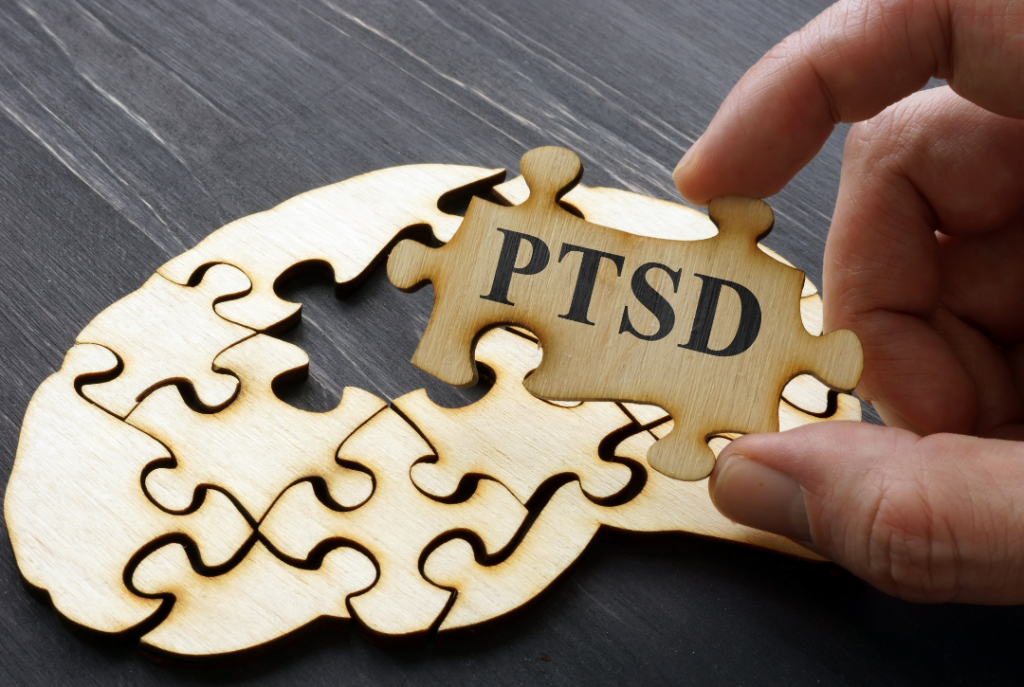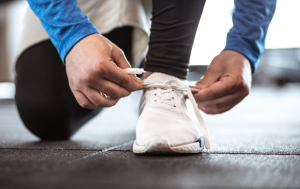PTSD and Exercise Part 2:
The Physiology of PTSD and Exercise
The importance of Exercise for PTSD
PTSD is a nightmare to live with and the recovery is hard work. For an insight of what it’s like you can read Part 1.
- High Blood Pressure
- Cardiovascular Disease
- Type 2 Diabetes
- Obesity
- Chronic Pain
- Bone and Joint Disease
- Neurological conditions
- Respiratory conditions
It is common knowledge that exercise is helpful in the treatment and prevention of the above conditions.
This alone emphasises the importance of exercise for PTSD.
HOWEVER, over the last few years exercise is becoming recognised as a strong influence in the treatment of PTSD as well!
The Physiology of Exercise and PTSD:
The Current Theories of How Exercise Works

Home-made happy chemicals
- Endocannabinoids (eCB).
Did you know that the human body actually produces it’s own (endogenous) cannabinoids? Exercise stimulates eCB and it is involved in mood regulation as well as memory, focus, pain, fear processing and stress adaptation. Bonus: endocannabinoids do not have side effects like exogenous versions.
- Endorphins and Neurotransmitters.
There is a rumour that exercise increases endorphins, serotonin, anandamide, beta-endorphins and dopamine. Evidence has supported this for 40 years. However, the intensity of exercise and mood improvements appears to be individualised.
The Nervous System
- Neuroplasticity
Exercise enhances neuroplasticity. Neuroplasticity is essentially the mechanism behind “re-wiring” the brain including its conscious and unconscious thoughts. (We have a whole article on Neuroplasticity coming up next month!)
- Nervous System Stress Tolerance
Increased fitness is associated with healthier nervous system tolerances (fight/flight/freeze response) evidenced by improvements in HRV, (which Specialised Health is quick becoming specialists in).
Biopsychosocial
- Bio – Physical symptoms
As exercise has similar symptoms to anxiety, such as increased heart rate, blood pressure and sweating, practicing exercise can support the individual in becoming comfortable with these physical symptoms and not automatically interpret them as a state of panic.
- Psycho- Increased self-efficacy
Mastering new sport and exercise tasks can assist in improving self-efficacy and eventually self-confidence.
- Psycho – Mindfulness/presence
Exercise can be a healthy escape from the mind’s processing of the past and current fears.
The mind can focus on learning something new or focus attention on bodily sensations during exercise. This effect can be experienced in all modes of exercise including yoga, stretching, tai chi, resistance training, aerobic exercise, and HITT.
- Social
Exercise can provide a social environment and assist in increasing social support, combatting the deadly effects of loneliness, as well as improving perceived safety.
The Endocrine System
- Exercise can assist in normalising the Hypothalamic Pituitary Adrenal Axis (HPA axis). The HPA axis regulates reactions to stress and physiological processes via various hormones.
The Immune System
- PTSD has been shown to be associated with increased inflammatory markers, and aerobic exercise has been shown to reverse these immune cells.

Recommendations
Start small, get moving. Even a walk with a friend can help. Increase intensity as soon as appropriate (may need medical clearance).
For optimal results, there are a few things to consider when prescribing the ideal exercise program. For example, physical and psychological contraindications, co-morbidities, preferences and amotivation. Therefore, the gold-standard recommendation is to refer to an Exercise Physiologist, experienced in PTSD.
Specialised Health can help those covered under work cover, motor accident or income protection insurance. For those unfortunately not, you can search ESSA.
Resources

Biara Webster
Exercise Physiologist and Writer
For more from Specialised Health follow us
References
- Robert Matta, The role of exercise in reducing PTSD and negative emotional states, Psychology of Health – Biopsychosocial Approach
- Holt-Lunstad, J., Smith, T. B., Baker, M., Harris, T., & Stephenson, D. (2015). Loneliness and social isolation as risk factors for mortality: A meta-analytic review. Perspectives on Psychological Science, 10, 227-237.
- C Ley et al., (2018) “In the sport I am here:” therapeutic processes and health effects of sport and exercise on ptsd, Qualitative Health Research, Vol. 28(3), 491-507
- S Rosenbaum (2014), Exercise Augmentation compared with usual care for post-traumatic stress disorder: a randomized controlled trial, Acta Psychiatr Scand 2014:1-10
- K Crombie et al. (2018), Psychological responses to aerobic exercise in individuals with posttraumatic stress disorder, Journal of Traumatic Stress
- N Hegberg et al., (2019) Exercise intervention in PTSD: A a narrative review and rationale for implementation, Front Psychiatry, 10:133
- J Sareen (2014), Posttraumatic Stress Disorder in Adults: Impact, Comorbidity, Risk Factors and Treatment, Can J Psychiatry, Sep 59(9): 460-467


